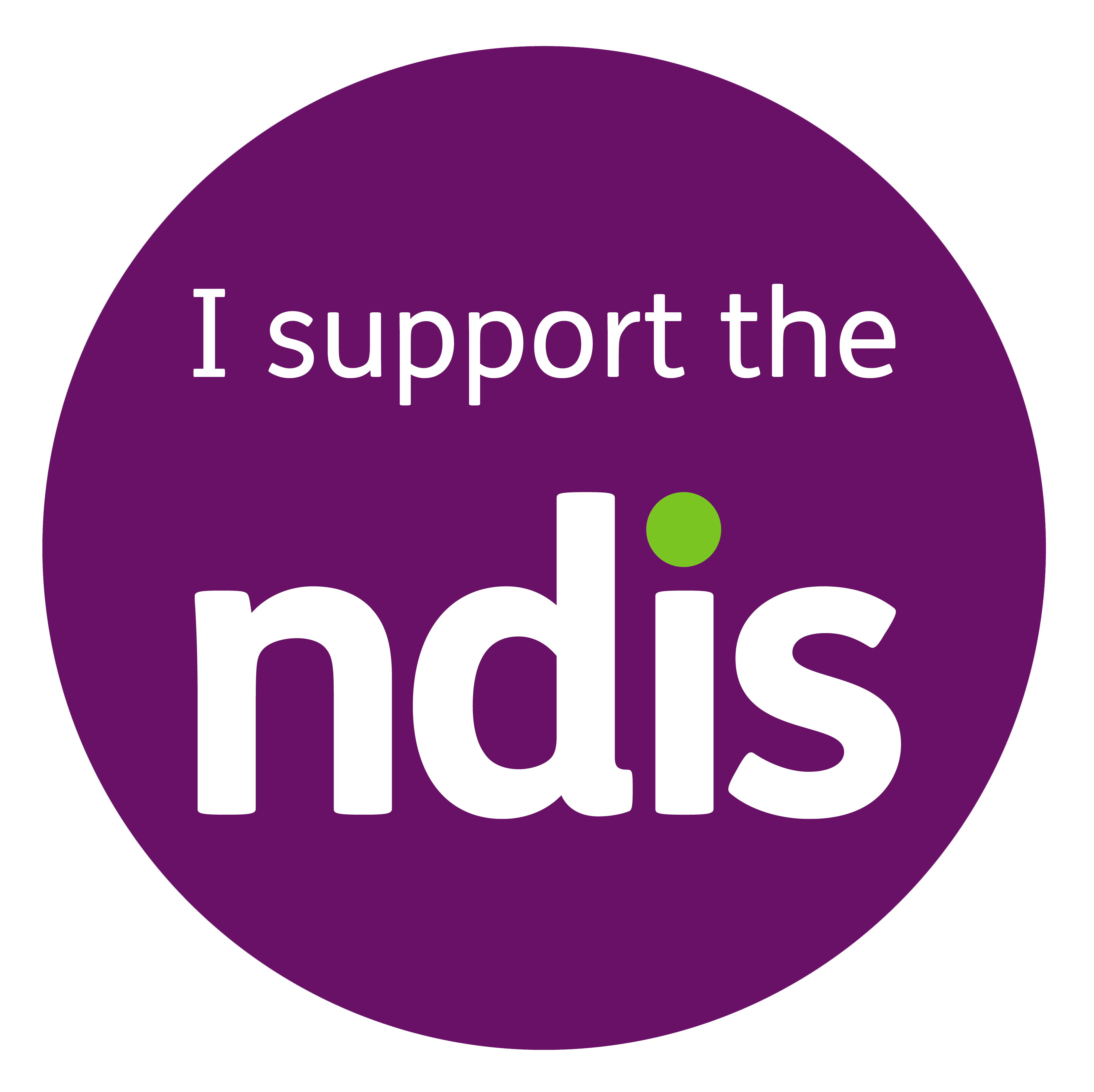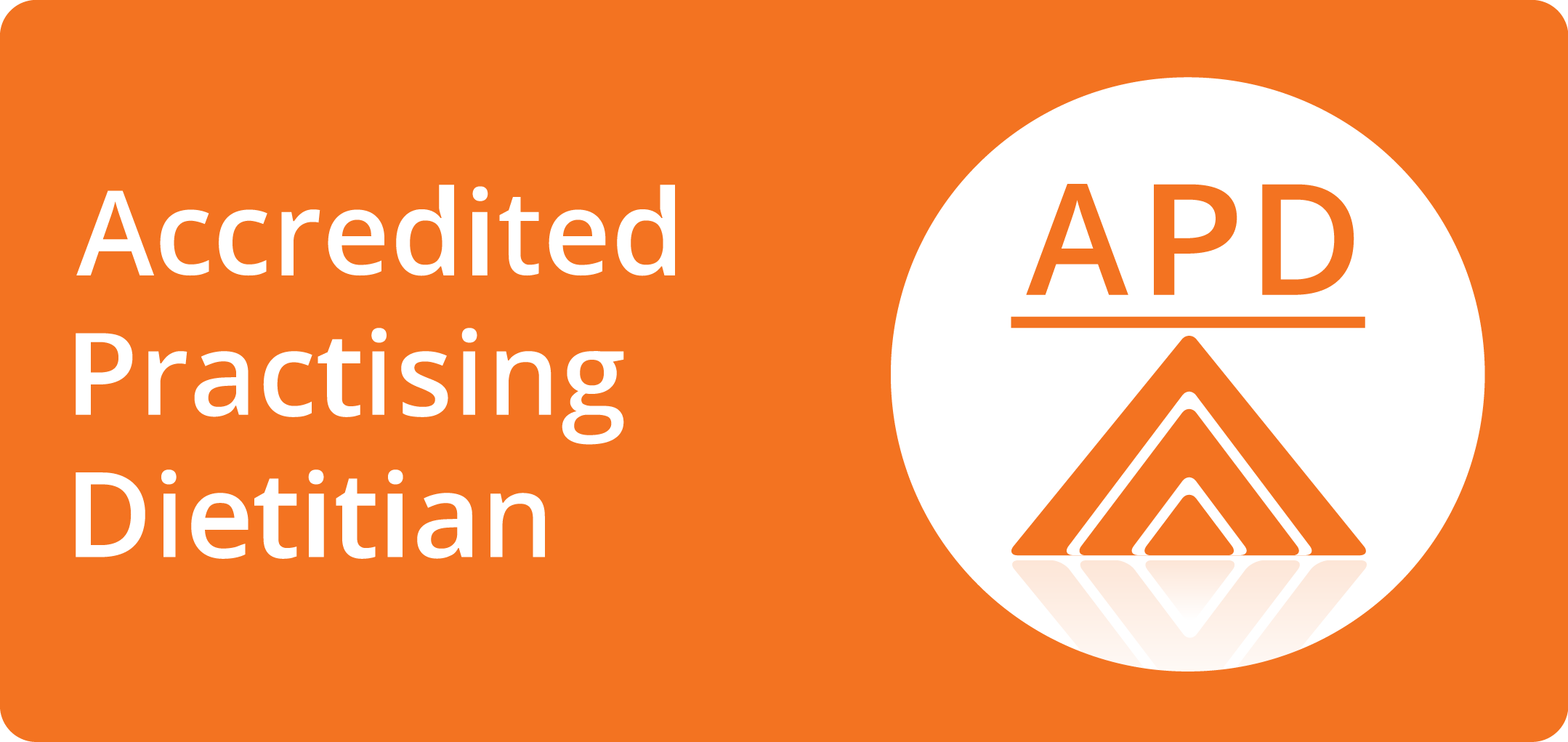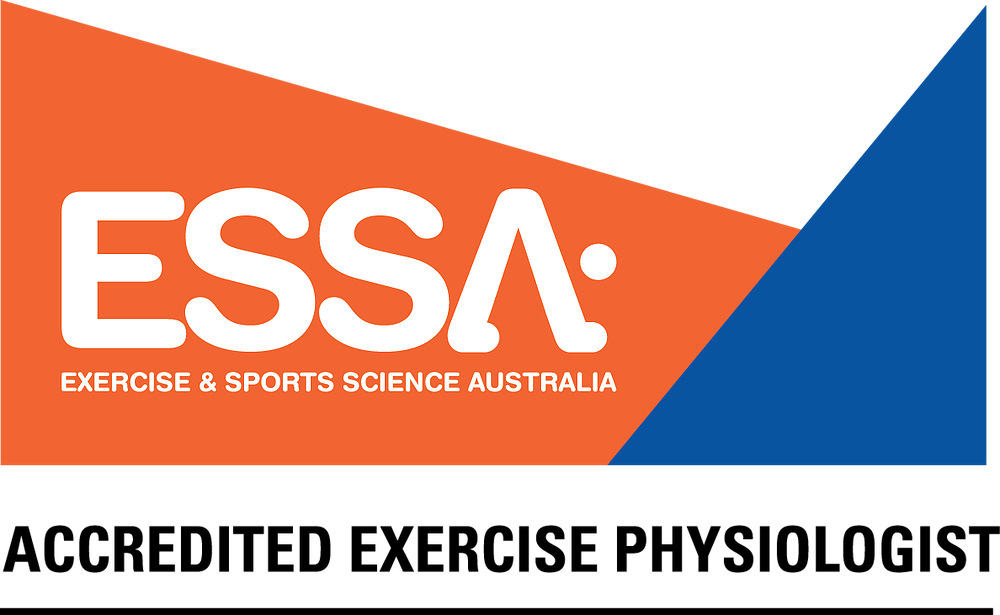How to Stretch Properly?
While there are many benefits to be gained from effective stretching, employing an improper technique can actually result in injury. Here are some tips and guidelines for you to follow when stretching:
- Warm up first with an activity such as walking (at least 5 – 10 minutes)
- Stretches should be pain-free. You should only feel tension or a tight feeling when stretching. If you feel a sharp pain, this means you’re stretching too far and should relax a little
- Don’t hold your breath while stretching; keep breathing to ensure the muscle tissues remain oxygenated during the stretch.
- Stretch both sides. But, if one muscle is tighter than the other, focus on it more until they’re both in the same range
- Avoid bouncing at the end of the stretch because it may lead to injury
- Hold stretches for 20 – 30 seconds, if not longer. A 10 second stretch is not always enough to achieve a lasting effect.
- Repeat the stretch 3 – 5 times with intermittent rest periods in between
- Make sure your body is aligned properly and observe good posture.
When to Stretch?
Traditionally, stretching has been encouraged before and after any kind of physical activity. However, recent studies show that there is no discerning difference between whether you stretch before exercies/sports or not, both in terms of performance and injury prevention. In some cases, researchers say that its ok to omit the pre-event stretch since the post-event stretch is much more beneficial.
Some of our everyday postures and activities can lead to certain muscles becoming tight while the others sit in the lengthened position. These habitual postures that lead to muscle imbalances then become more and more difficult to correct over time. Many therapists will suggest that stretching all muscles generically isn’t as beneficial as identifying which of your muscles are abnormally tight and developing a targeted stretching regime.
Talk to your physiotherapist for advice regarding the best stretching program for your body type, posture and activity levels.






